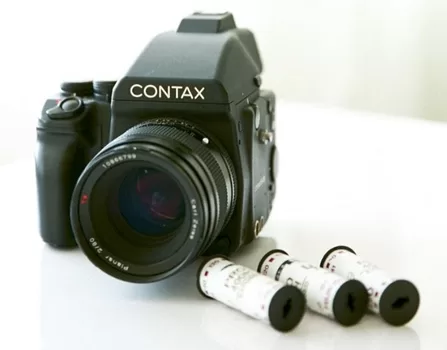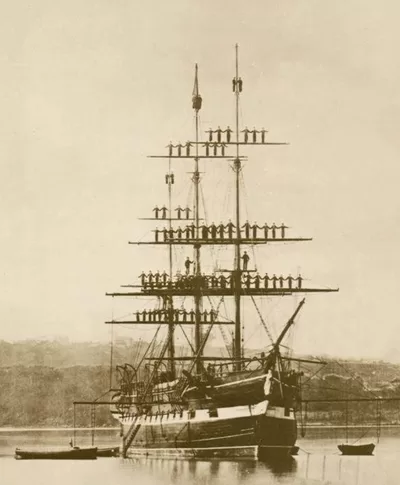Sydney, 2023: Body adornment, or BILAS in the local language of PNG, is a powerful and integral part of Papua New Guinea (PNG) culture. Now, Bilas: Body Adornment of Papua New Guinea, comes to the Australian Museum in a new multimedia exhibition.
BILAS celebrates the rich, cultural heritage of PNG communities and their unique connection to their homelands, by exploring the transformation of the human body into a living art form through self-decoration.
Drawing on the Australian Museum’s world-renowned Pacific collections and developed and curated by the Museum’s Pasifika Team, in collaboration with local communities and experts from the region, Bilas features rare, never displayed cultural objects from the Museum’s Pacific collection.

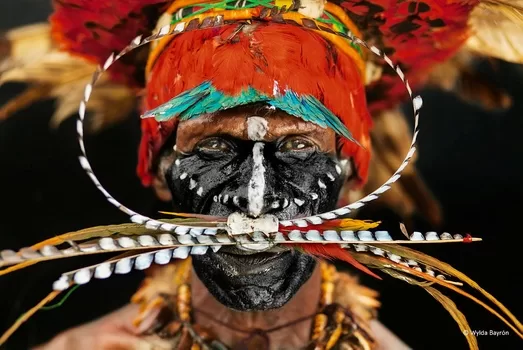

(left) Rimbu #1, 2019. (right) A Chimbu tribe chief’s face is painted with charcoal and crushed seashells. Bird of paradise feathers adorn his headdress and nose piercing. © Wylda Bayrón. Images supplied.
Also included in the exhibition is dramatic photography by New York-based Puerto Rican photographer, Wylda Bayrón.
Wylda Bayrón said her photographs are a result of a decades-long journey into the heart of a country whose communities welcomed her and shared their culture.
“The peoples of Papua New Guinea are the curators of these images, and it is their cultures, traditions and customs that are being shared. These photographs document what I could not have when I was growing up – a photographic history of identity” said US-based Puerto Rican photographer Wylda Bayrón.
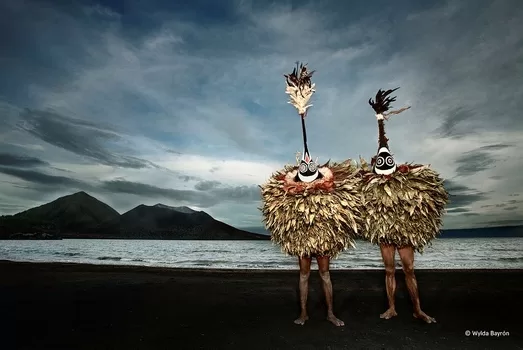

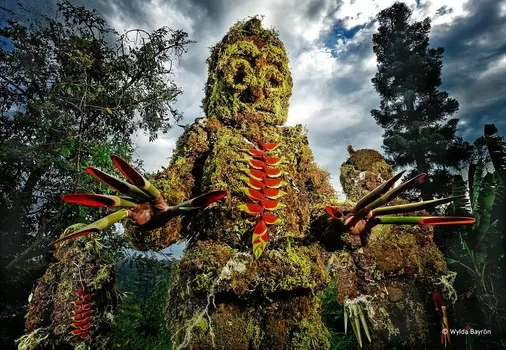

Left: “The Duk Duk had agreed to meet me at dusk, on this post-apocalyptic beach left by the Tavurvur volcano, which devastated the city of Rabaul in 1994. In Tolai society, the Duk Duk are powerful beings who regulate justice and carry out punishments. As a woman, I was forbidden touch them.”
Right: Nokondi, 2013. © Wylda Bayrón
In 2018 Wylda’s photographs of the traditional costumes from each PNG province were featured in a special collectors’ edition of Paradise, the in-flight magazine of Air Niugini.
In 2019, Wylda Bayrón the historic district of Cannes, the Museum of World Explorations, formerly the Castre Museum … “HEROS ET ESPRITS DE NOUVELLE-GUINEE”
In 2020, she had her first solo exhibition in Paris at 193 GALLERY, following a very successful run at the Musée de la Castre in Cannes with her “HEROES AND SPIRITS OF PAPUA NEW GUINEA” exhibition and book.
Wylda also worked as Director of Photography on “Orange is the New Black” (Netflix). Prior to that she was a cameraman operator on shows like “Billions” (Showtime), “Crashing” (HBO), “Girls” (HBO), “Madam Secretary” (CBS), “Manifest” (NBC), “The Good Fight” (CBS), “Pose” (FX), and “Amy Schumer Live at the Apollo” (HBO). Bayron works currently on Fosse / Verdon (FX), the brand new series produced by Lin Manuel Miranda (Hamilton).
Wylda Bayron, on IMDb (Internet Movie Database), says she is known for Love & Death (2023), Invasion (2021) and Dating Around (2019).
After focusing on Japanese, Chilean, Caribbean and Moroccan contemporary art, the new gallery of the High Marsh dedicated to the discovery of foreign artists and cultures, presented from January 8 to March 1, 2020 the work of the Puerto Rican artist Wylda Bayrón on the heroes and spirits of the islands of New Guinea.
Papua New Guinea is a little-known country in the north of Australia, belatedly explored by Westerners and still today surrounded by an aura of mystery. Its island territory, larger than France, is home to an unsuspected natural wealth and exceptional cultural diversity, shaped by 40,000 years of human presence.
A professional camerawoman and frequent traveller, Wylda Bayrón has travelled through this hard-to-reach region to meet changing tribal societies whose ancestral heritage is now threatened.
Adopted by her hosts, she has been able to attend sing-sing (festive gatherings) and more secret rites, from which foreigners are normally excluded. She has thus produced a series of portraits of beautifully dressed men, women and children, proudly posing in their ceremonial attire. This original work, exhibited to the public for the first time, reflects the essential role of the bilas: expression of beauty and prestige, a link between Man and his environment.
Other portraits, representing masked men, give a glimpse of the symbolic universe of Papuan myths, populated by ancestors and powerful spirits. A second part of the exhibition evokes, in a more intimate way, through five sublimated black and white photographs, the ritual scarification of young men and women from the region surrounding the Sepik.
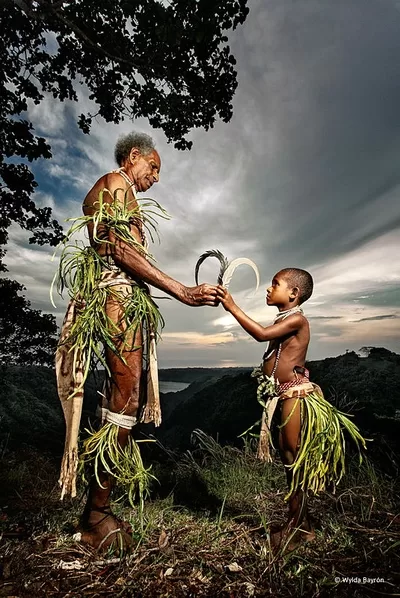

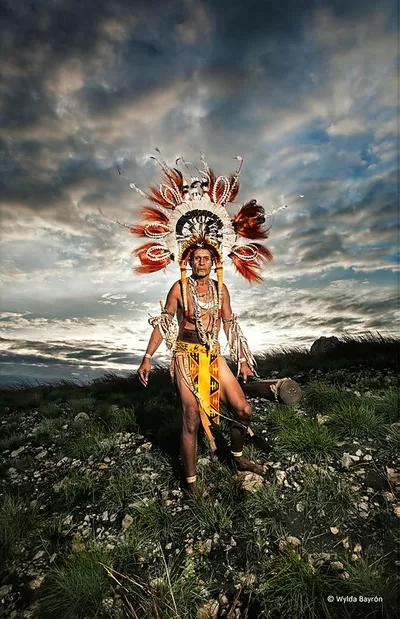

Left: At daybreak, this boy is going to put on the bilas for the very first time. His grandfather, the chief of the village, feared to die before attending this moment, carefully unpacks the feathers, inherited from ancestors, and unrolls a small tapa (cloth in bark) that he made himself for the occasion. The child rejoices. He grasps the significance of these gestures: transmitting centuries of traditions to a new generation
Right: Siaka, 2015. © Wylda Bayrón
Other portraits , representing masked men, give a glimpse of the symbolic universe of Papuan myths, populated by ancestors and powerful spirits.
A second part of the exhibition evokes, in a more intimate way, through five sublimated black and white photographs, the ritual scarification of young men and women in the region surrounding the Sepik.
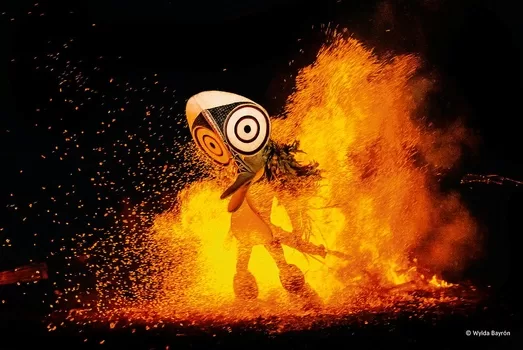

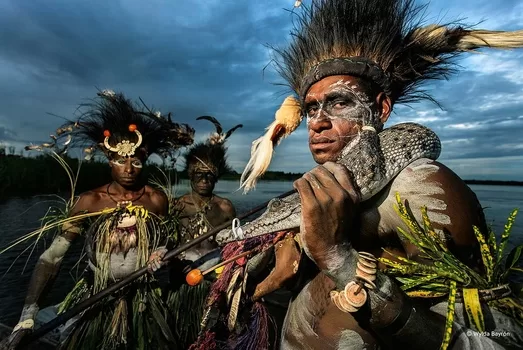

Baining Natura Powa, part of photos of PNG communities by Wylda Bayron
Puk Puk Mangi, 2013. © Wylda Bayrón
Natural history specimens include 33 pieces of newly acquired body adornment from three PNG cultural groups: Koki, in the Laiagam District Enga Province; Yalu, Kagua District in the Southern Highlands Province; and Meingik, in Koinambe, Jimi District in the Jiwaka Province.
The new headdresses, wigs, helmets and body masks were created and acquired exclusively for the AM Pacific collection through a grant from the AM Foundation.
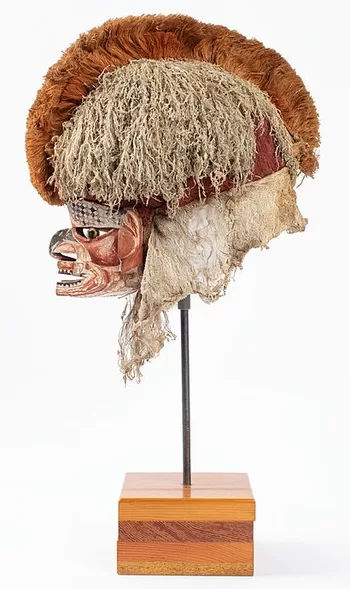

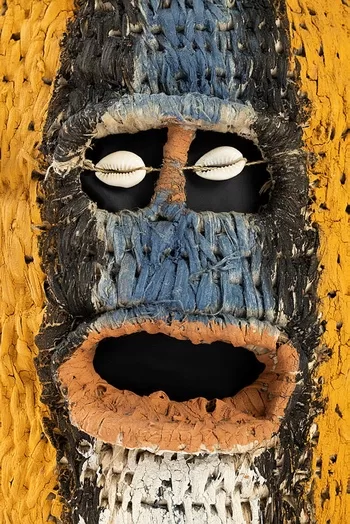



Tatanua Mask, fibre, seaweed, hair, pigment, shell, wood, Malagan, New Ireland Province, Papua New Guinea
Aere Endali, mask, Cane, barkcloth, cassowary feathers, natural pigment, Papua New Guinea
Neck Ornament, beads, shell, natural fibre, East New Britain, Papua New Guinea
Among the new Melanesian works acquired for Bilas are the first examples of Maring / Kalam ‘Glong’ headdresses, Enga wigs (made of human hair) and Kagua district wicker helmets and body masks.
It is the first time these adornments have been commissioned for an Australian institution.
With its juxtaposition of traditional and contemporary mediums, Bilas brings to vivid life the close relationships of PNG communities with their natural world and invites visitors to experience the colour and artistic dynamics of one of the world’s most diverse countries.
Dr Michael Mel, co-curator of Bilas, and a proud member of the Kilipika Village, Mt. Hagen, Western Highlands, said that PNG’s astonishing natural environment has provided abundant food, cultural and spiritual resources to First Nations communities for over a millennium.
“Bilas translates to body adornment in Tok Pisin – an official language used throughout PNG. In our culture, the body has long served as a ‘canvas’ for self-expression and to convey a multitude of messages to the outside world.”
Beyond being a vehicle for social communication and living art, there are also spiritual domains and meanings to the body adornment”
“Our connection with everything living is innate to us. It is through the domain of the natural world that the spirits and our ancestors supply us with cosmological and spiritual knowledge, prosperity, balance and materials to decorate our bodies and beyond.”
Adorning the body with a feather or skin from the natural world activates a metamorphosis within us, and thus we become a living embodiment of the living environment” Dr Michael Mel explained.


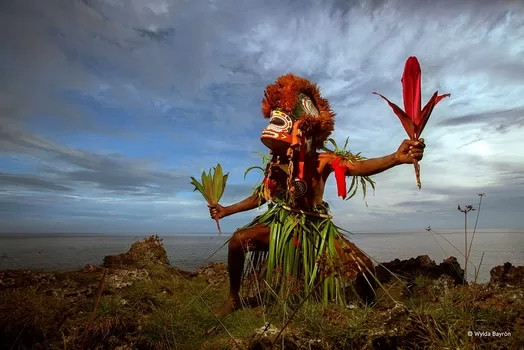

(Left) Mangi Koteka, 2013. (Right) Malangan Powa, 2014 © Wylda Bayrón
Australian Museum Director and CEO, Kim McKay AO, said Bilas is a showcase for both the museum’s Pacific collections and the strength of its engagement with Pacific communities.
“The AM prioritises giving voice to First Nations stories by continuing to work in meaningful collaboration with Indigenous communities, preserving the objects and cultivating local skills and talents.”
By commissioning these new BILAS we recognise their deep, intrinsic relationship to the environment and seek to highlight not only their culture and traditions, but also how caring, resilient and strongly attuned they are to their natural and spiritual worlds”
“We hope to enrich our visitors’ appreciation of the diversity and wisdom of this vast region through storytelling, and we encourage everyone to reflect upon the power and gravitas inherent in the cultural objects and the way in which that power continues to resonate with the Pasifika community today”
“The AM has long aspired to have its Pacific collection on permanent display, and as part of our ongoing commitment to Pasifika First Nations communities, plans are now well underway for a major new permanent Pacific Gallery to open late 2023” Australian Museum Director and CEO, Kim McKay AO, said
Head of the AM’s Pacific Collections, Melissa Malu, a Tongan and Fijian woman, said the AM’s Pacific collection is rated as one of the most significant in the world with over 60,000 objects from across the region with many of the priceless artefacts collected during the 18th and 19th centuries when Europeans and Indigenous communities first made contact.
“Objects within the collection still hold powerful symbolism – an important aspect of cultural heritage for these diverse communities. A key aspect of this exhibition is the scientific and spiritual restoration of objects in the exhibition.”
Traditional owners feel strong connections to these objects, and in preparing them for display, restoration is an act of cultural continuity that is documented and conveyed to our Pasifika community” Head of the AM’s Pacific Collections, Melissa Malu
President of Sydney Wantok Association, Steven Gagau, from Viviran Village, Toma, East New Britain Province, played an integral part in the curation of Bilas.
“The PNG diaspora community acknowledges its heritage collections at the Australian Museum and through this exhibition, we are looking forward to showcasing these collections and the new objects created especially for Bilas by community groups from PNG” President of Sydney Wantok Association, Steven Gagau
Bilas is supported by BSP Financial Group as part of its support of PNG cultural activities, and through the generous funding from the Australian Museum Foundation.
The PNG Highland communities who provided BILAS are:
- Laipian Culture Group of Koki, Laiagam District in the Enga Province,
- Yambu Rimbu Culture of Yalu, Kagua District in the Southern Highlands Province,
- Maring Glong Culture of Meingik, Koinambe Jimi District in the Jiwaka Province.
• Ticket prices: Adults $25, Children (3 – 16) Free, Concession, $22. AM members Free
Exhibition and program information here.
About the Australian Museum:
The Australian Museum (AM) was founded in 1827 and is the nation’s first museum. It is internationally recognised as a natural science and culture institution focused on Australia and the Pacific.
As custodian of more than 21.9 million objects and specimens, the AM is uniquely positioned to provide a greater understanding of the region through its scientific research, exhibitions, and public and education programs.
Through the Australian Museum Research Institute (AMRI), the AM also plays a leading role in conserving Australia’s biodiversity through understanding the environmental impacts of climate change, potential security threats and invasive species.
Related stories
This Working Photographer’s Life: Rob Walls
Papua New Guinea photography tour with David Kirkland
Fiji Prime Minister climate change comments alarms Pacific
Historic WWII wreck that sank with 1080 people found
Australian war photographers, journalists & artists killed, wounded or captured


